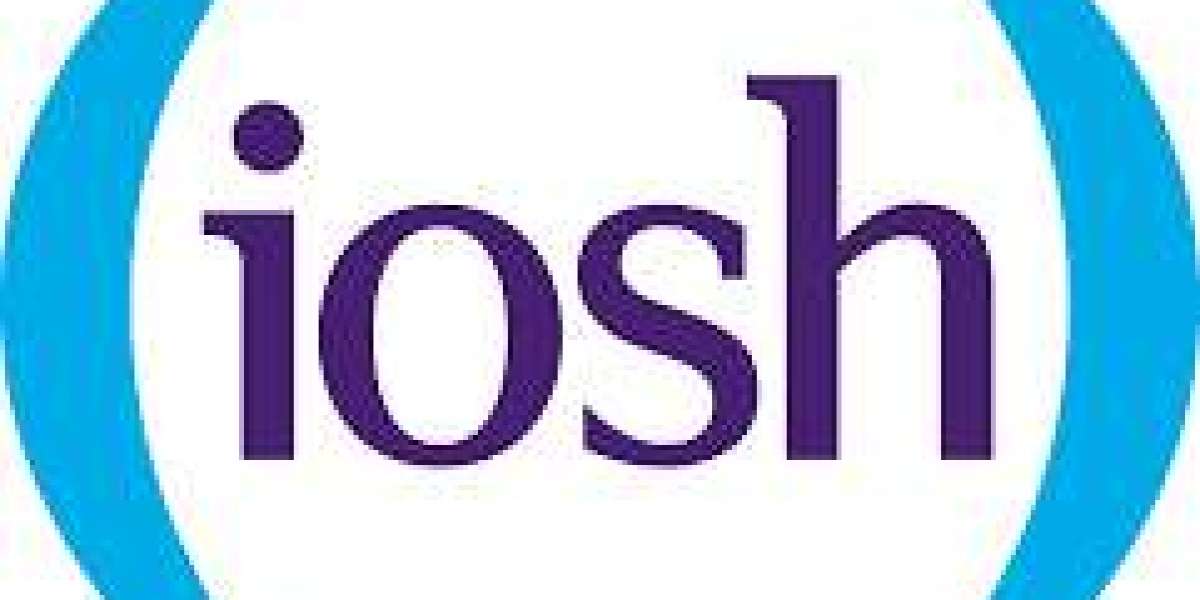Table of Contents
Introduction
Understanding Workplace Hazards
2.1 Types of Workplace Hazards
2.2 Common Sources of Hazards
The Role of IOSH in Workplace Safety
3.1 Importance of IOSH Training
3.2 How IOSH Principles Help in Hazard Identification
Best Practices for Identifying Workplace Hazards
4.1 Conducting Risk Assessments
4.2 Using Safety Inspections and Audits
4.3 Employee Involvement in Hazard Identification
4.4 Implementing Safety Measures
Steps to Address Workplace Hazards Using IOSH Principles
5.1 Hazard Identification Process
5.2 Risk Evaluation and Control
5.3 Continuous Monitoring and Improvement
Understanding IOSH Course Fees and Benefits
6.1 Breakdown of IOSH Course Fees
6.2 Factors Affecting IOSH Course Fees
6.3 Comparing IOSH Course Duration and Fee
Implementing IOSH Training for Workplace Safety
7.1 How to Choose the Right IOSH Course
7.2 Benefits of IOSH Certification for Businesses
7.3 ROI of Investing in IOSH Training
Conclusion
1. Introduction
Workplace safety is a top priority for businesses, and ensuring a hazard-free environment is essential. The Institution of Occupational Safety and Health (IOSH) provides globally recognized training programs that help organizations identify and mitigate workplace risks.
Investing in an IOSH course not only enhances workplace safety but also ensures compliance with legal regulations. However, businesses often consider IOSH course fees before enrolling their employees. This article explores how IOSH principles support hazard identification and offers insights into IOSH course duration and fee structures.
2. Understanding Workplace Hazards
2.1 Types of Workplace Hazards
Workplace hazards can be classified into several categories, including:
Physical Hazards: Unsafe machinery, slippery floors, noise, and extreme temperatures.
Chemical Hazards: Exposure to harmful substances like acids, fumes, and gases.
Biological Hazards: Viruses, bacteria, and other infectious agents in the workplace.
Ergonomic Hazards: Poor workstation design, repetitive strain injuries, and improper lifting techniques.
Psychosocial Hazards: Workplace stress, harassment, and excessive workload.
2.2 Common Sources of Hazards
Some of the most common sources of hazards include:
Poorly maintained equipment
Lack of proper training
Inadequate safety policies
Non-compliance with health and safety regulations
3. The Role of IOSH in Workplace Safety
3.1 Importance of IOSH Training
IOSH courses equip employees and employers with essential knowledge to identify hazards, assess risks, and implement preventive measures. The IOSH course fees vary depending on course level and duration, but the investment ultimately leads to improved workplace safety.
3.2 How IOSH Principles Help in Hazard Identification
IOSH training emphasizes a systematic approach to hazard identification by:
Encouraging proactive risk assessments
Promoting continuous workplace monitoring
Educating employees on hazard reporting
4. Best Practices for Identifying Workplace Hazards
4.1 Conducting Risk Assessments
Risk assessments help organizations detect potential hazards before they cause harm. Regular evaluations ensure that all workplace hazards are identified and controlled.
4.2 Using Safety Inspections and Audits
Routine inspections and safety audits are essential in pinpointing hazards that might go unnoticed in daily operations.
4.3 Employee Involvement in Hazard Identification
Encouraging employees to report unsafe conditions fosters a culture of safety and ensures hazards are addressed promptly.
4.4 Implementing Safety Measures
Using personal protective equipment (PPE), safety training, and hazard signage minimizes the risk of workplace accidents.
5. Steps to Address Workplace Hazards Using IOSH Principles
5.1 Hazard Identification Process
IOSH recommends a structured approach to hazard identification, including:
Observing workplace conditions
Reviewing accident reports
Conducting employee surveys
5.2 Risk Evaluation and Control
Once hazards are identified, organizations must assess their severity and likelihood before implementing control measures.
5.3 Continuous Monitoring and Improvement
A key aspect of IOSH principles is continuous improvement through regular reviews and training updates.
6. Understanding IOSH Course Fees and Benefits
6.1 Breakdown of IOSH Course Fees
IOSH course fees depend on factors such as course level, training provider, and location.
6.2 Factors Affecting IOSH Course Fees
The duration, training mode (online or in-person), and certification type influence the overall cost.
6.3 Comparing IOSH Course Duration and Fee
Businesses should compare IOSH course duration and fee structures to select the most cost-effective option.
7. Implementing IOSH Training for Workplace Safety
7.1 How to Choose the Right IOSH Course
Selecting an IOSH course depends on industry requirements and specific workplace risks.
7.2 Benefits of IOSH Certification for Businesses
IOSH certification enhances organizational safety, improves employee well-being, and ensures compliance with legal regulations.
7.3 ROI of Investing in IOSH Training
The return on investment (ROI) for IOSH training includes reduced accident rates, lower legal liabilities, and increased employee productivity.
Conclusion
Identifying workplace hazards using IOSH principles is an effective way to promote occupational safety. Organizations can minimize risks by conducting regular assessments, involving employees in safety initiatives, and implementing preventive measures. While IOSH course fees may vary, the long-term benefits of IOSH certification far outweigh the costs. By investing in IOSH training, businesses can ensure a safer, more productive work environment and comply with legal safety standards.








